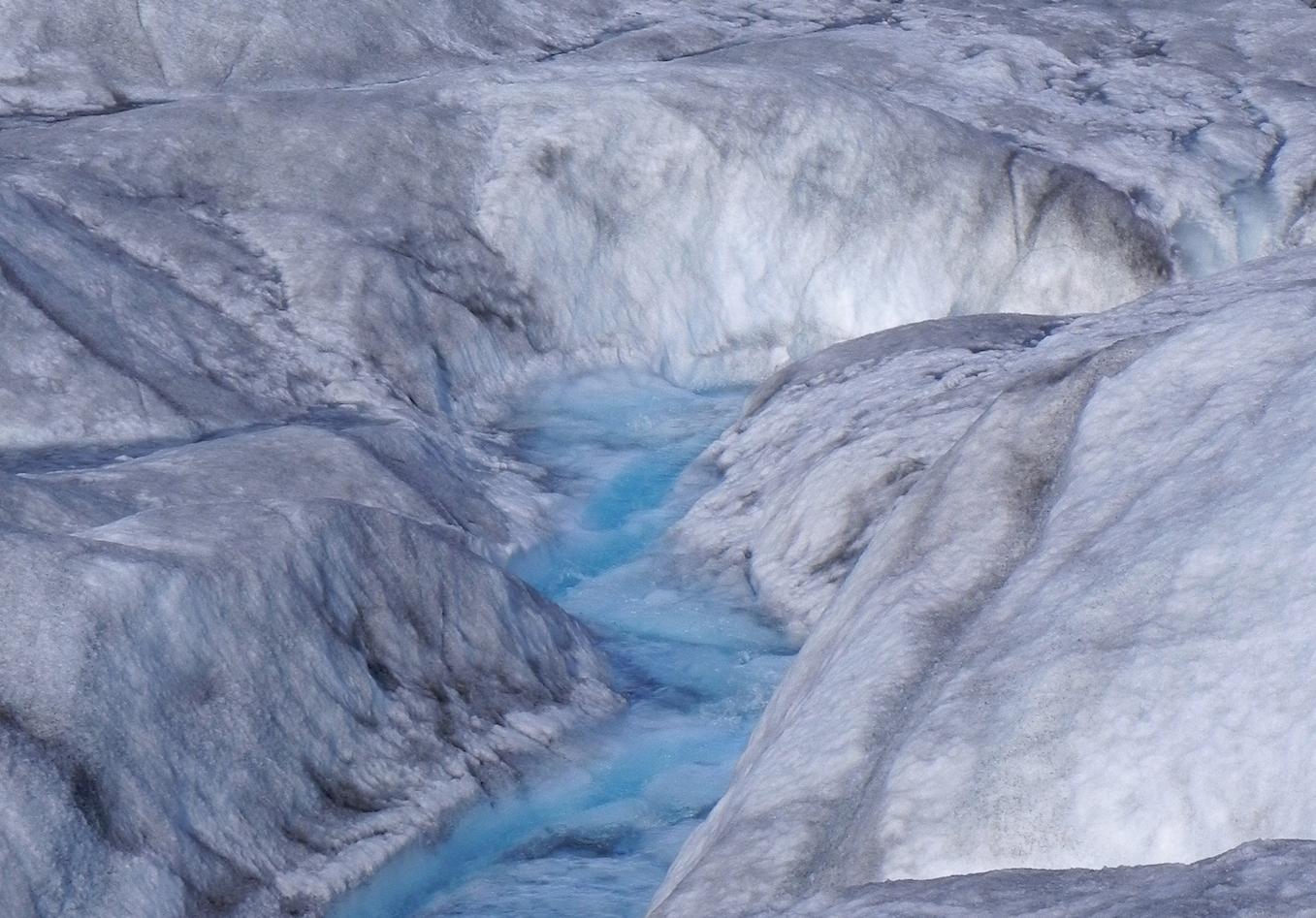
Heat from Earth’s interior is melting the Greenland Ice Sheet
Researchers from Aarhus University are reporting that heat from the Earth itself is a driving force behind Greenland’s melting ice sheet. The study reveals that the deep bottom water in northeastern Greenland is being warmed up by heat from the Earth’s interior, causing glaciers to slide away from the ice sheet.
“North-East Greenland has several hot springs where the water becomes up to 60 degrees warm and, like Iceland, the area has abundant underground geothermal activity,” said lead author Soren Rysgaard.
The melting of the Greenland ice sheet has become a major concern for scientists. The extent of melting has gained strength and has accelerated at a rate that was not anticipated.
For over a decade, the researchers have measured the temperature and salinity in the fjord Young Sound, which has many hot springs, and south of the rapidly melting glacier Nioghalvfjerdsfjorden, which is connected to the North-East Greenland Ice Stream (NEGIS).
Based on their measurements of how deep the water was heated over ten years, researchers have estimated that the loss of heat from the Earth’s interior to the inlet is about 100 MW m-2. This is the equivalent of a 2 megawatt wind turbine providing electricity to a large heater at the bottom of the inlet all year long.
When geothermal heat is released into an inlet, this heat also moves up to the bottom of the glaciers. This causes the glaciers to melt from below and then slide more easily out toward the sea.
“It is a combination of higher temperatures in the air and the sea, precipitation from above, local dynamics of the ice sheet and heat loss from the Earth’s interior that determines the mass loss from the Greenland ice sheet,” said Rysgaard.
“There is no doubt that the heat from the Earth’s interior affects the movement of the ice, and we expect that a similar heat seepage takes place below a major part of the ice cap in the north-eastern corner of Greenland.”
The findings of this research will help to improve models of ice sheet dynamics, allowing for better predictions of the stability of the Greenland ice sheet. The study is published in the journal Scientific Reports.
—
By Chrissy Sexton, Earth.com Staff Writer













